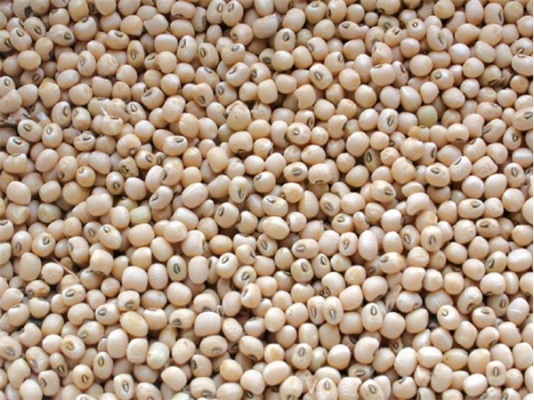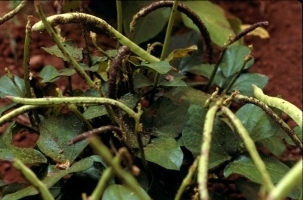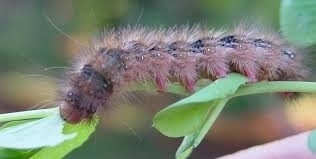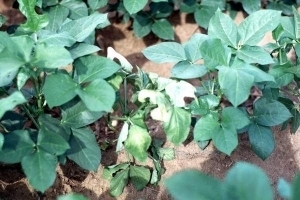Agriculture

Climate
-
Temperature
22-35°C -
Rainfall
750-1100mm -
Sowing Temperature
22-28°C -
Harvesting Temperature
30-35°C
-
Temperature
22-35°C -
Rainfall
750-1100mm -
Sowing Temperature
22-28°C -
Harvesting Temperature
30-35°C
-
Temperature
22-35°C -
Rainfall
750-1100mm -
Sowing Temperature
22-28°C -
Harvesting Temperature
30-35°C
-
Temperature
22-35°C -
Rainfall
750-1100mm -
Sowing Temperature
22-28°C -
Harvesting Temperature
30-35°C
Soil
It can be grown in variety of soils but gives best result when grown on well drained loamy soils.
Popular Varieties With Their Yield
Land Preparation
It required normal bed preparation like other pulse crops. Give two ploughing to bring soil to fine tilth and carry out planking after each ploughing.
Sowing
Seed
Fertilizer
Before sowing, apply Nitrogen@7.5kg in form of Urea@16.5 kg/acre along with P@20 kg in form of Single Super Phosphate@125 kg/acre. Cowpea responds well to Phosphorus fertilizers. It helps to improves root as well as plant growth, plant nutrient uptake, nodulations etc.
Irrigation
Apply irrigation depending upon rainfall frequency and intensity. Apply one or two irrigation in case delay of rainfall for pro-long period.
Weed Control
To protect crop from weed, application of Pendimethalin@750ml/acre in 200Ltr of water within 24 hours should be done after sowing.
Plant protection

- Insect Pest and their control:

Bihar hairy caterpillar: Its infestation is high in month of August to November. To protect crop from this pest, take one row of sesame seeds around cowpea field at time of sowing.

- Disease and their control:
Harvesting
55 to 65days after, crop is ready for harvesting.










